How a Massage Gun Can Provide Relief for Sciatica Pain
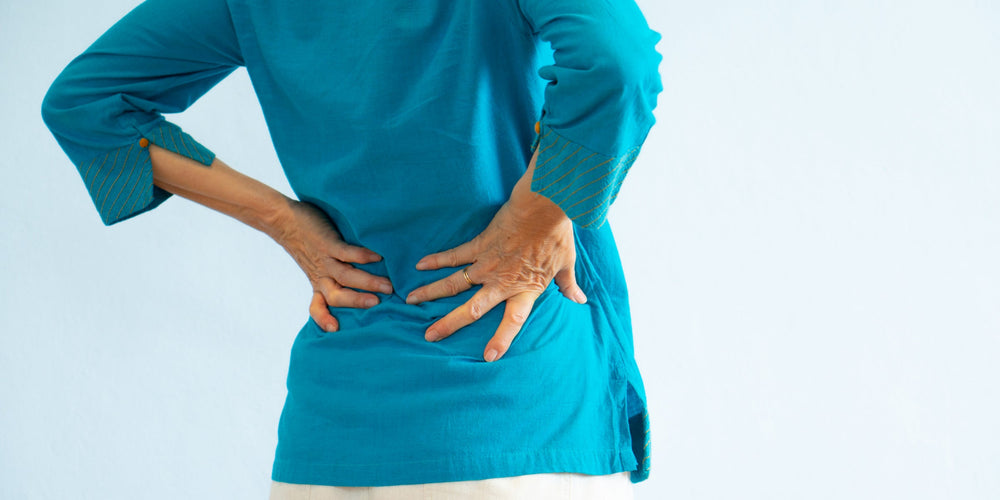
Stay tuned to our latest news
Sciatica can be an incredibly painful and debilitating condition, with sharp, shooting pains radiating from the lower back down through the buttocks and legs. For those suffering from sciatic nerve pain, finding effective relief is often a top priority. While medications, physical therapy, and other traditional treatments can help, one tool that is gaining popularity for sciatica management is the massage gun.
Massage guns are portable, handheld devices that use percussive therapy to target muscle tension and inflammation. By applying rapid, rhythmic pulses to specific areas, massage guns can help increase blood flow, release muscle knots, and alleviate pain along the sciatic nerve pathway.
But how does a massage gun help with sciatica pain? Let’s explore how massage guns work for sciatica and provide tips on how to use them effectively. Hopefully, by the end, you'll have a better understanding of how to leverage this versatile recovery tool to find the sciatica relief you need.
What Is Sciatica?

Sciatica refers to a common type of pain that radiates along the sciatic nerve, which runs from the lower back down through the hips and buttocks and into each leg. This condition occurs when the sciatic nerve becomes compressed or irritated and while it can vary in intensity and duration, it often affects only one side of the body and can make simple movements and daily activities extremely painful.
What Causes Sciatic Nerve Pain?
One of the common causes of sciatic nerve pain is disc herniation. When a disc in the spine compresses or bulges, it can put pressure on the adjacent nerve roots, including the sciatic nerve. This compression leads to inflammation and irritation of the nerve, resulting in pain and other symptoms.
Regular degeneration of the spine is another factor contributing to sciatic nerve pain. As we age, the discs in our spine naturally wear down and lose their cushioning ability. This can cause the spinal canal to narrow, leading to spinal stenosis, a condition where the space for nerves becomes limited. The sciatic nerve is one of the nerves that can be affected by this narrowing, causing pain and discomfort.
Spinal stenosis, specifically, is the narrowing of the spinal canal, typically due to osteoarthritis. This condition can lead to compression of the sciatic nerve, resulting in sciatic pain.
Also, compressed muscles surrounding the sciatic nerve can also cause sciatic pain. Muscular imbalances, tightness, or spasms can put pressure on the nerve, leading to pain and other symptoms.
What Are the Common Signs of Sciatic Nerve Pain?
The most common sign of sciatic nerve pain is a sharp shooting pain that radiates from the lower back down to the leg. This pain can be intense and debilitating, often described as a burning or electric shock-like sensation. Additionally, individuals may experience numbness and tingling in the affected leg, ranging from mild to severe. This numbness and tingling typically occurs along the path of the sciatic nerve, which can extend from the lower back to the foot.
Muscle weakness is another common sign of sciatic nerve pain. The affected leg may feel weaker than usual, making it difficult to perform activities such as walking or climbing stairs. This muscle weakness can result from compression or irritation of the sciatic nerve.
The intensity of the pain associated with sciatic nerve pain can worsen with certain movements or prolonged sitting. Movements that involve bending, twisting, or lifting can aggravate the condition, causing a sudden increase in pain. Prolonged sitting can also worsen symptoms, as it puts pressure on the lower back and compresses the sciatic nerve.
How Is Sciatica Pain Usually Treated?

Sciatica pain, caused by compression or irritation of the sciatic nerve, can be treated using various modalities and strategies. Physical therapy plays a crucial role in relieving this pain by providing exercises and stretches that target the affected area, aiming to reduce inflammation and improve flexibility. These exercises may include pelvic tilt, hamstring stretches, and core strengthening exercises.
Medications are frequently prescribed to manage sciatica pain. Nonsteroidal anti-inflammatory drugs (NSAIDs) such as ibuprofen alleviate pain and reduce inflammation. Muscle relaxants, such as cyclobenzaprine, can also help relax muscles and alleviate symptoms. In some cases, corticosteroid injections may be administered to reduce inflammation directly at the source.
Lifestyle changes are often recommended to relieve sciatica pain. Maintaining a healthy weight to reduce added pressure on the spine is crucial. Regular exercise, particularly activities that improve core strength, can also help in managing symptoms. Additionally, individuals should avoid prolonged sitting or standing and use proper posture to minimize nerve compression.
Massage therapy is another option for relieving sciatica pain. It can help alleviate muscle tension, improve blood flow, and promote relaxation. Deep tissue massage and trigger point therapy are commonly used techniques to target the affected area and release tension.
The effectiveness of these treatment modalities varies among individuals. Physical therapy, when coupled with medications, lifestyle changes, and massage therapy, has been found to provide significant relief. However, the severity of the condition, underlying causes, and individual response to treatment may influence the outcomes. It is important to consult a healthcare professional for a comprehensive evaluation and personalized treatment plan.
Can Massage Therapy Help with Sciatica Pain?

Massage therapy can be a beneficial treatment option for individuals suffering from sciatica pain. Sciatica pain occurs when the sciatic nerve, which runs from the lower back down to the leg, becomes compressed or irritated. This can be caused by various factors, including muscle imbalances, herniated discs, or spinal stenosis.
Massage therapy can help alleviate sciatic pain by promoting circulation throughout the affected area. By applying pressure and using various massage techniques, blood flow is increased, allowing oxygen and nutrients to reach the injured tissues. Additionally, improved circulation can help reduce inflammation, which is a common cause of sciatica pain.
Targeting the piriformis muscle is another way that massage therapy can help with sciatica pain. The piriformis muscle, located in the buttocks, can often become tight or inflamed, leading to compression of the sciatic nerve. Massage therapy can specifically target this muscle, releasing tension and reducing pressure on the sciatic nerve.
Furthermore, massage therapy can provide relief by directly addressing the pressure on the sciatic nerve. By applying gentle pressure and using techniques such as stretching and mobilization, the therapist can help reduce the compression on the nerve, effectively reducing pain and discomfort.
Takeaway
Massage guns can be a valuable tool in the management of sciatica pain. By applying percussive therapy to the affected areas, massage guns can help increase blood flow, release muscle tension, and alleviate pressure on the sciatic nerve. This can provide much-needed relief for those suffering from the sharp, shooting pains associated with sciatica.
When using a massage gun for sciatica, it's important to target the lower back, hips, and buttocks, as these are the common areas where the sciatic nerve can become compressed or irritated. Applying the massage gun in a slow, targeted manner can help release muscle knots and reduce inflammation along the nerve pathway. It's also crucial to avoid applying too much pressure directly on the spine, as this could potentially worsen the condition.
By incorporating a massage gun into a comprehensive sciatica treatment plan, which may include physical therapy, medications, and lifestyle modifications, individuals can find more effective and long-lasting relief from this debilitating condition. The portability and versatility of massage guns make them a convenient option for self-care and management of sciatica pain. With the right technique and guidance, this tool can be a valuable addition to the arsenal of sciatica treatments.
Renpho Health Tips
-

Is Your Massage Gun Constantly Stopping? Here's How to Prevent That
June 24, 2024
Read more >
-
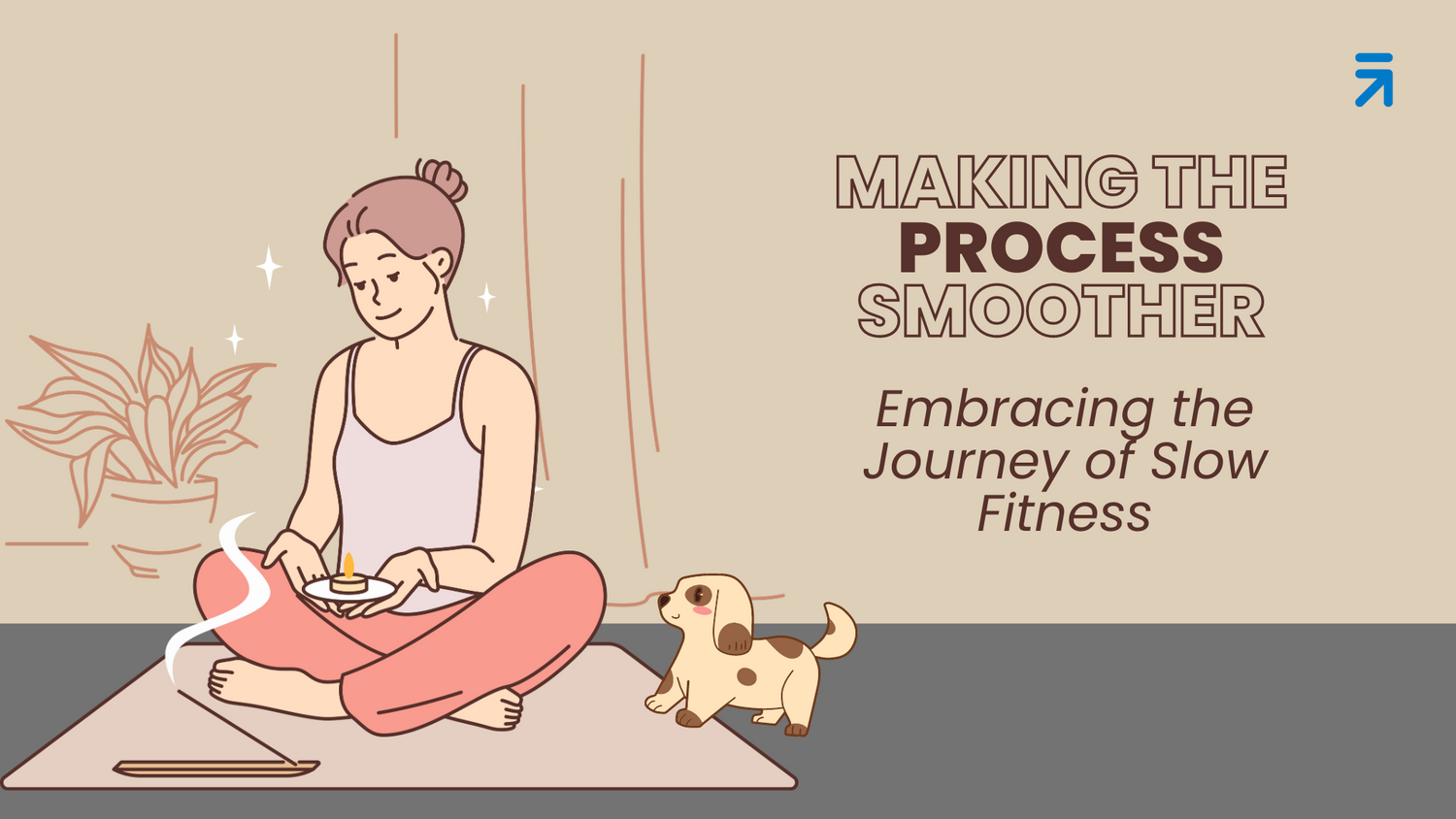
Making the Process Smoother: Embracing the Journey of Slow Fitness
June 23, 2024
Read more >
-
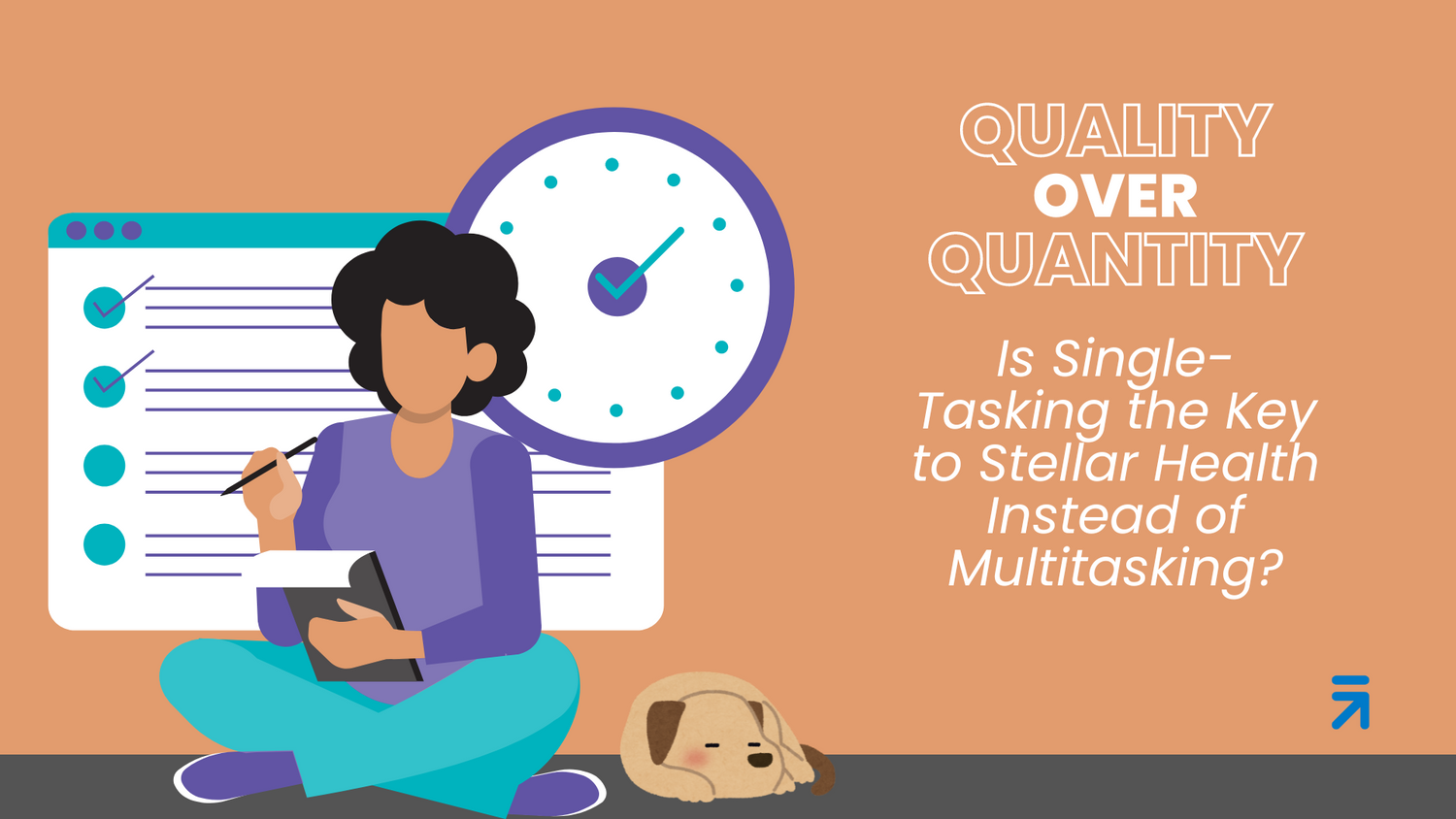
Quality over Quantity: Is Single-Tasking the Key to Stellar Health Instead of Multitasking?
June 18, 2024
Read more >
-
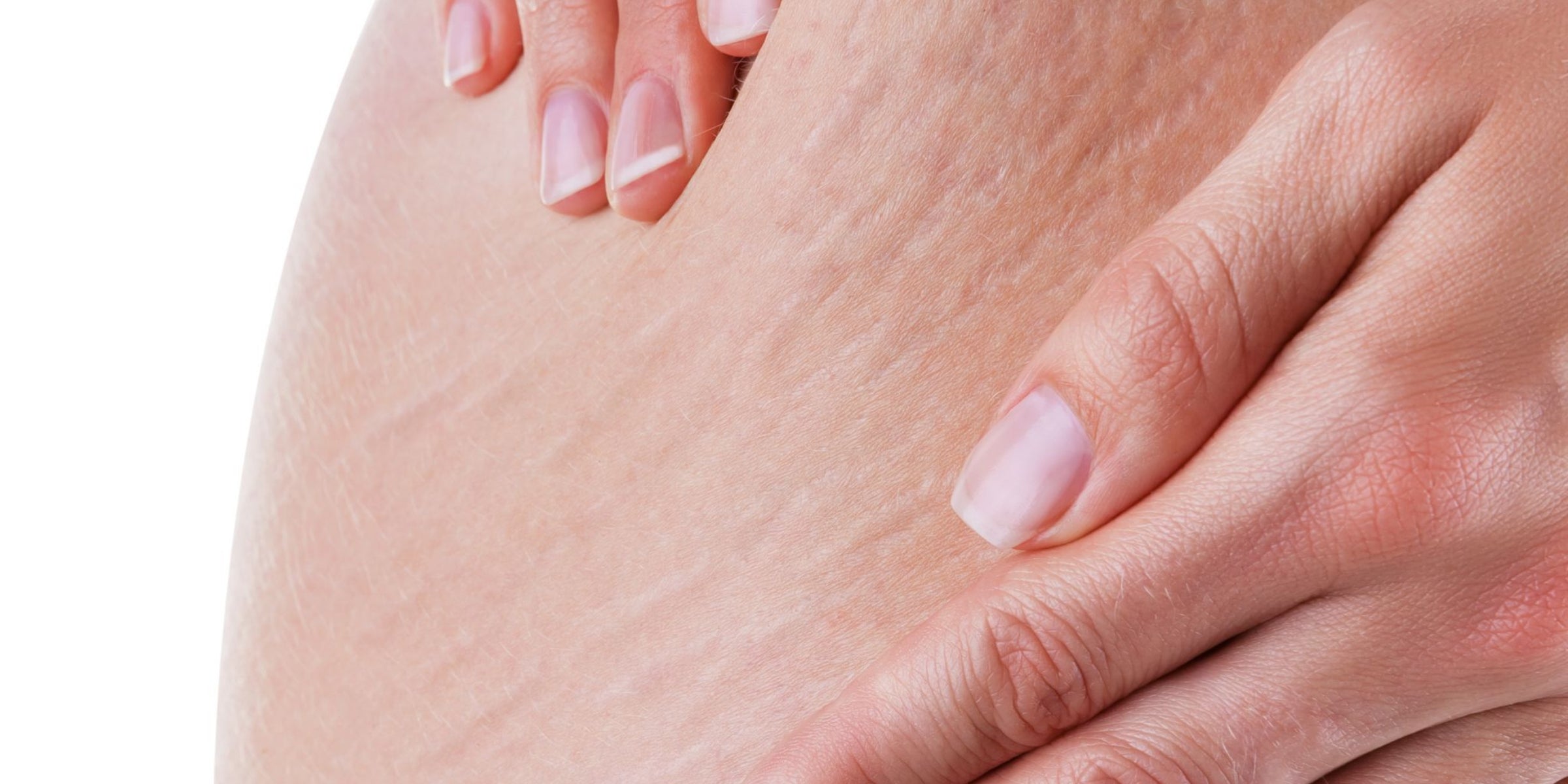
Can a Massage Gun Really Help Diminish the Appearance of Cellulite?
June 13, 2024
Read more >
-
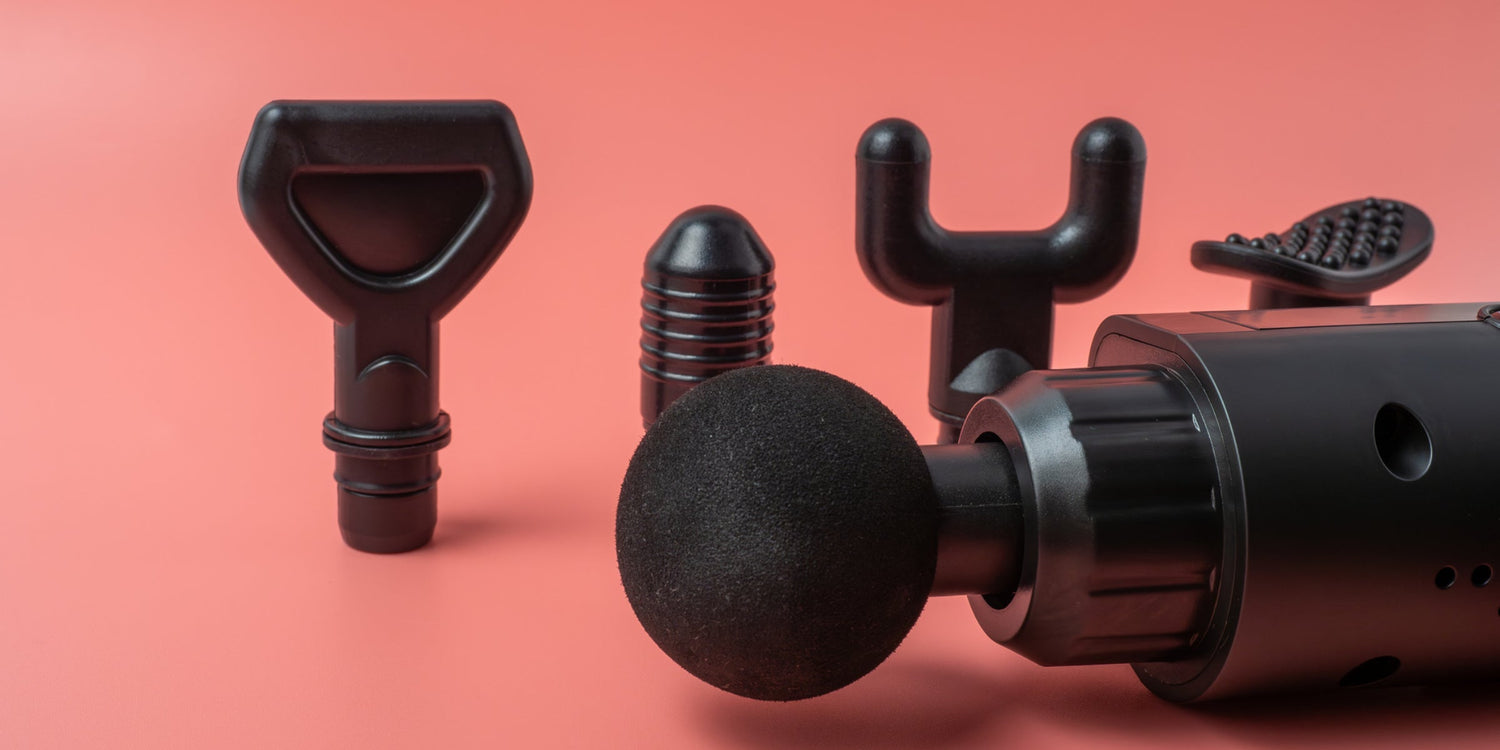
Is It Safe to Use a Massage Gun During Pregnancy? What You Need to Know
June 6, 2024
Read more >





